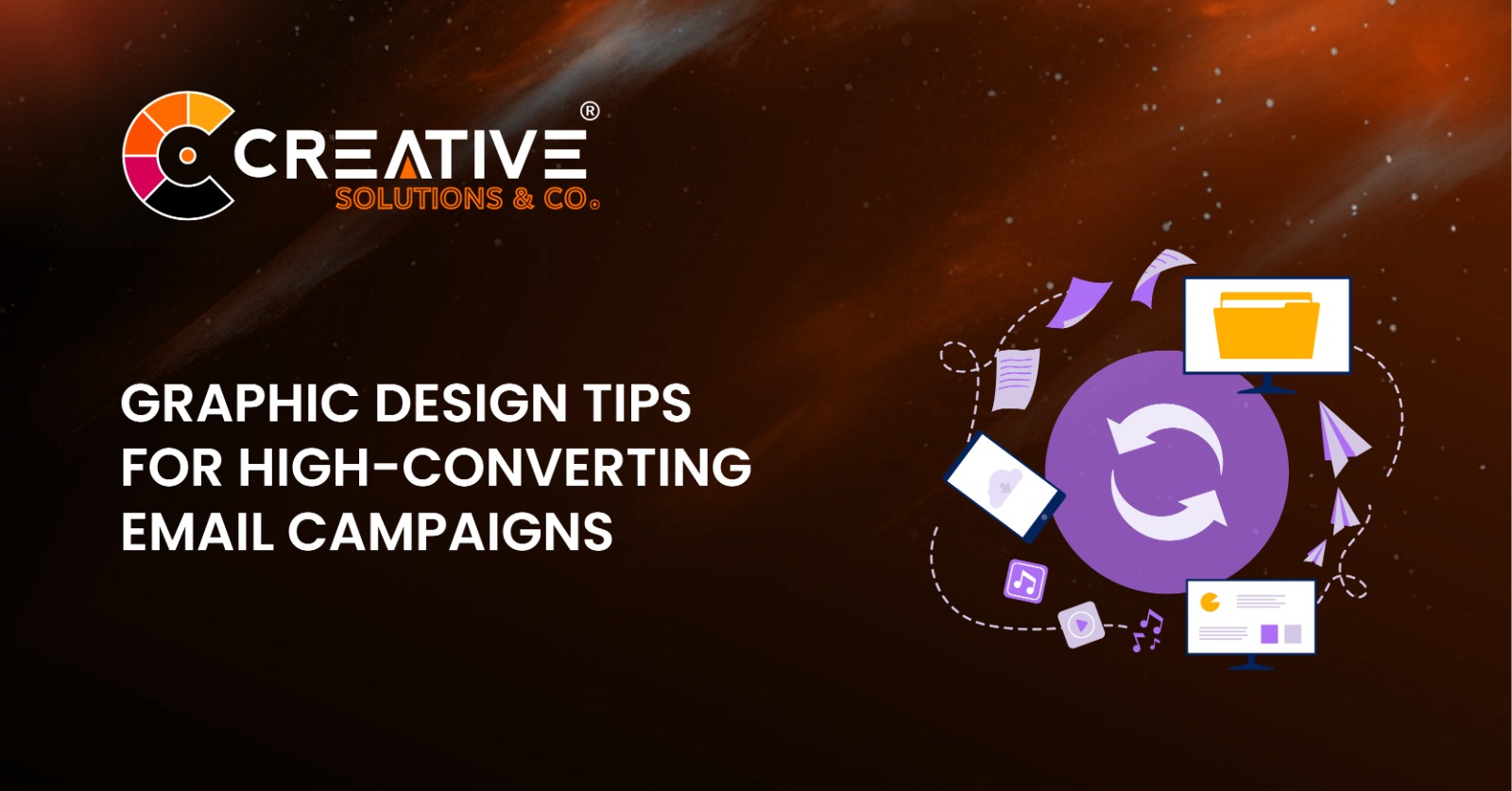How to Succeed with Your Ads in a World of Increasing Online Privacy?
Imagine being a designer, while seeking feedback like “Can we make this pop more?” to Succeed with Your Ads. This tends to leave too much space for interpretation, which will almost surely end in round after round of responses and changes that no one wants to deal with.
It can be frustrating for those who delegate work to designers to provide a detailed brief only to see the designer exercise full creative freedom but rather fail to complete the project outline.
However, when input is properly integrated into the design process, this can significantly improve your end results, ultimately a jackpot for both parties.
It cuts through the noise
Ads that are hyper-targeted and retargeted are game of numbers. One knows that it takes different interactions for consumers to convert, and these ads take that concept to its logical conclusion. It’s the internet version of a pushy salesman who not only follows you all around store but it also labels together across when you go shopping elsewhere.
Is it a little creepy and intrusive? Absolutely. But on the count of being effective, it completely ticks the box. But, in a digital world where basic product pictures follow you around the internet, good creative really stands out. You shouldn’t have to bombard your consumers with advertisements to persuade them to buy from you – good creativity will help you cut through the clutter the first time.
It’s truly memorable
Remember those TV commercials you used to watch as a kid? The ones you can still see and recite word for word in your head? I’m going to hazard a guess and say they were just not enjoyable because they were shown on a specific TV to a specific user at the right time.
Those who did stand out because they were clever, funny, or struck a chord with the audience. Because they were unique and creative.
Because something about them drew your attention away from whatever you were doing. Great campaigns have almost become synonymous with the companies that created them. While audience targeting is important, it is the creativity that truly seals the deal.
It’s future-proof
“If you’re not paying for it, you’re not the customer; you’re the product being sold,” as the saying goes. Whereas the quotation precedes the rise of social media, it has become a clarion call for the platforms’ detractors as well as a growing movement towards greater digital advertising privacy.
Advertisers have been tracking our online activities for years, thanks to technologies such as pixels and cookies. Those who can see what websites you’ve visited, whatever you’ve looked at, and what you’ve purchased and they can even show you ads on other websites and apps you visit.
Access to this type of data has been a huge boon for online marketers. Platforms like Facebook and Google, with all of the information they collect from their users, give advertisers the ability to serve hyper-specific ads to super-niche audiences – and more focused audiences equal more efficient ad spending. Back in 2014, one marketing professional was able to target his roommate using Facebook’s Custom Audiences.
Google and Facebook now completely dominate the digital advertising market. They account for more than half of the US market (54.1%) and 80 percent of all digital ad spending in Canada.
Moreover, despite an initial drop at the start of last year due to the COVID-19 pandemic, the latest IAB report found that spending on digital advertising continuously grew at a rapid 12.2% over the year in 2020.







